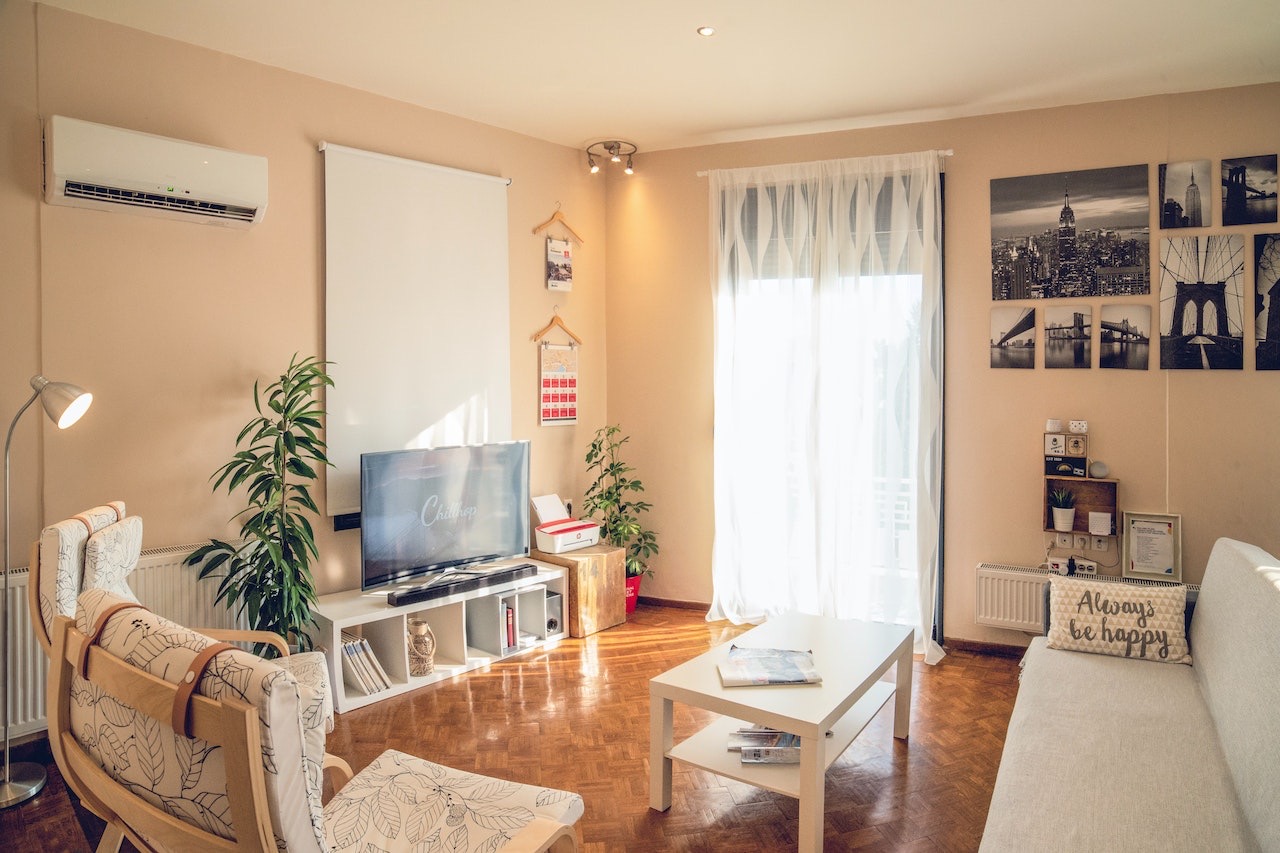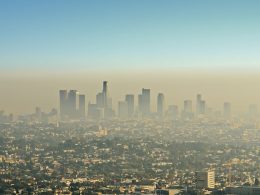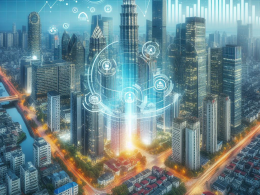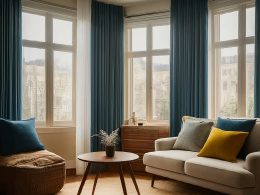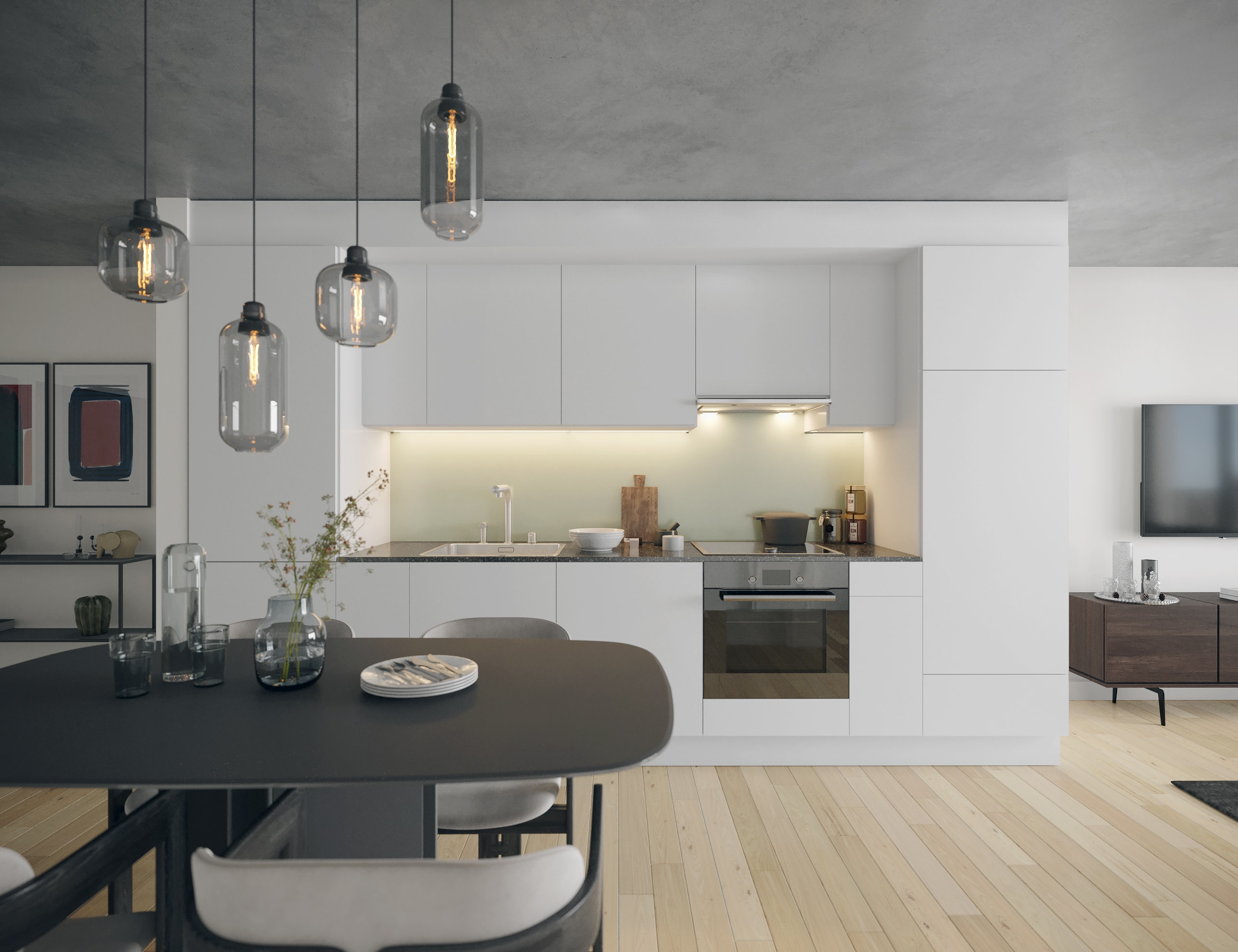As the world grapples with the urgent need for environmental sustainability, a growing movement towards eco-friendly living is emerging. Individuals and communities are increasingly recognizing the importance of reducing their carbon footprint and embracing sustainable practices in all aspects of life, including the housing sector. This article delves into the realm of green homes and eco-friendly real estate, exploring their benefits, innovative features, and the potential for a more sustainable future.
Feature Story: Green Homes – Pioneering a Sustainable Lifestyle
In recent years, the concept of green homes has gained significant traction. These structures are designed and built to minimize their impact on the environment while maximizing energy efficiency and reducing resource consumption. From energy-efficient appliances and solar panels to rainwater harvesting systems and green roofs, green homes incorporate various sustainable features.
One noteworthy example is the “Passive House” concept, which originated in Germany and has since gained popularity worldwide. Passive Houses are meticulously designed to provide exceptional energy efficiency, with advanced insulation, airtight construction, and heat recovery ventilation systems. By significantly reducing heating and cooling requirements, these homes minimize their ecological footprint and offer substantial energy savings to occupants.
Eco-Friendly Real Estate: A Growing Trend in the Housing Market
The concept of eco-friendly real estate goes beyond individual green homes. It encompasses entire communities that prioritize sustainable living and promote a harmonious relationship with nature. These communities often feature shared green spaces, communal gardens, and renewable energy infrastructure.
In cities around the world, developers are increasingly incorporating sustainable design principles into their real estate projects. From multi-family apartment buildings with efficient water management systems to mixed-use developments that prioritize walkability and public transportation, the possibilities for eco-friendly real estate are vast.
Unveiling the Benefits and Challenges
The benefits of green homes and eco-friendly real estate are multifaceted. Apart from reducing greenhouse gas emissions and conserving natural resources, these initiatives often lead to lower energy bills, improved indoor air quality, and healthier living environments. Additionally, they foster a sense of community and raise awareness about sustainable practices among residents.
However, challenges remain. Affordability is a major concern, as the initial costs of building or retrofitting green homes can be higher than traditional housing. Access to financing options and government incentives becomes crucial in overcoming this obstacle. Furthermore, public awareness and education are necessary to drive demand and encourage developers to prioritize sustainability in their projects.
Moving Towards a Greener Future
The increasing popularity of green homes and eco-friendly real estate signals a positive shift towards a more sustainable future. Governments, businesses, and individuals must collaborate to further promote sustainable living practices and create an environment conducive to these initiatives. Building codes and regulations can be revised to encourage eco-friendly construction, while financial incentives and subsidies can make green homes more accessible to a wider population.
Conclusion:
The realm of green homes and eco-friendly real estate holds tremendous potential in addressing the environmental challenges we face today. By integrating sustainable practices into housing design and construction, we can reduce our ecological impact while creating healthier and more efficient living spaces. As society embraces this sustainable shift, we pave the way for a greener, more sustainable future.






